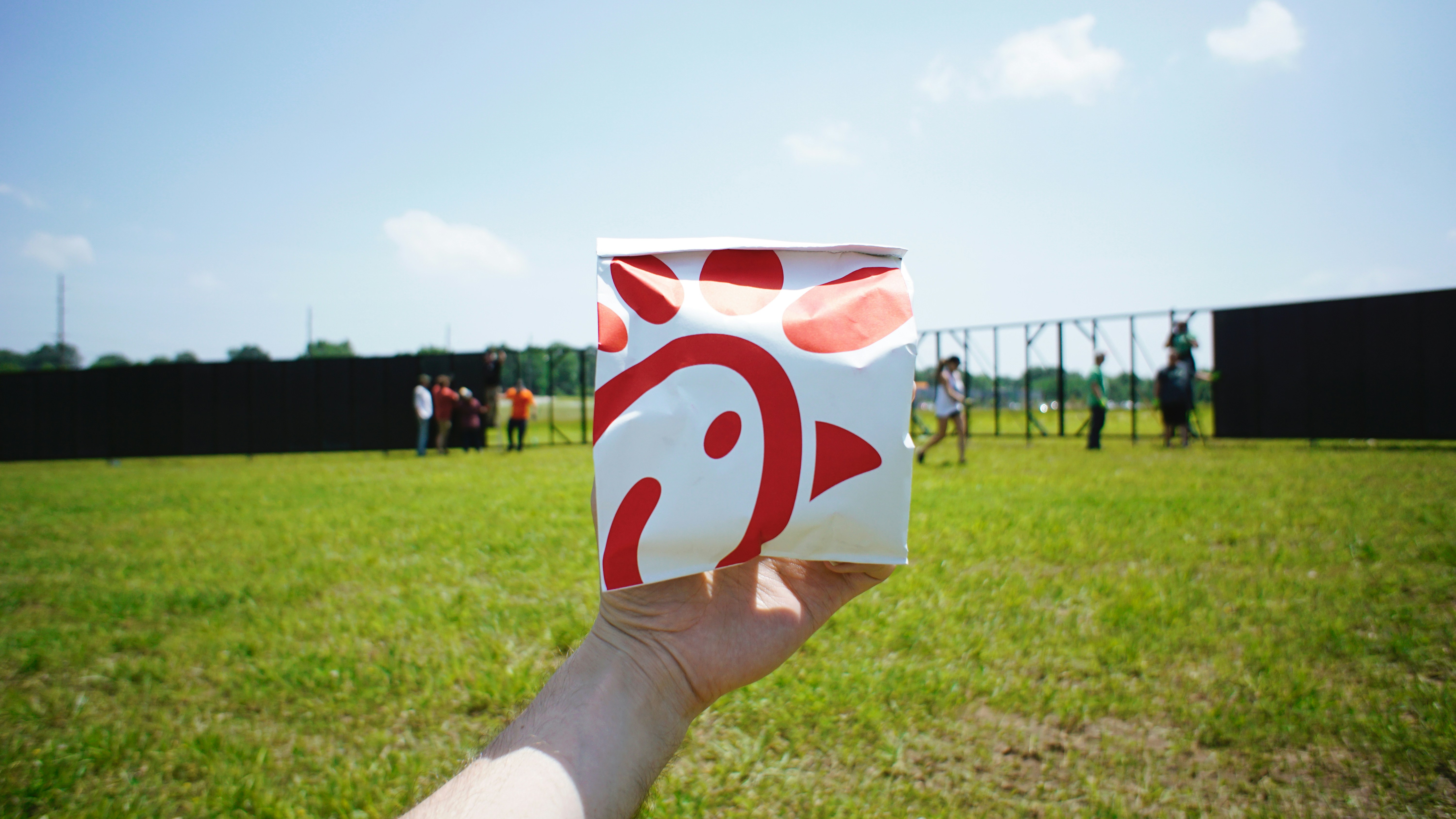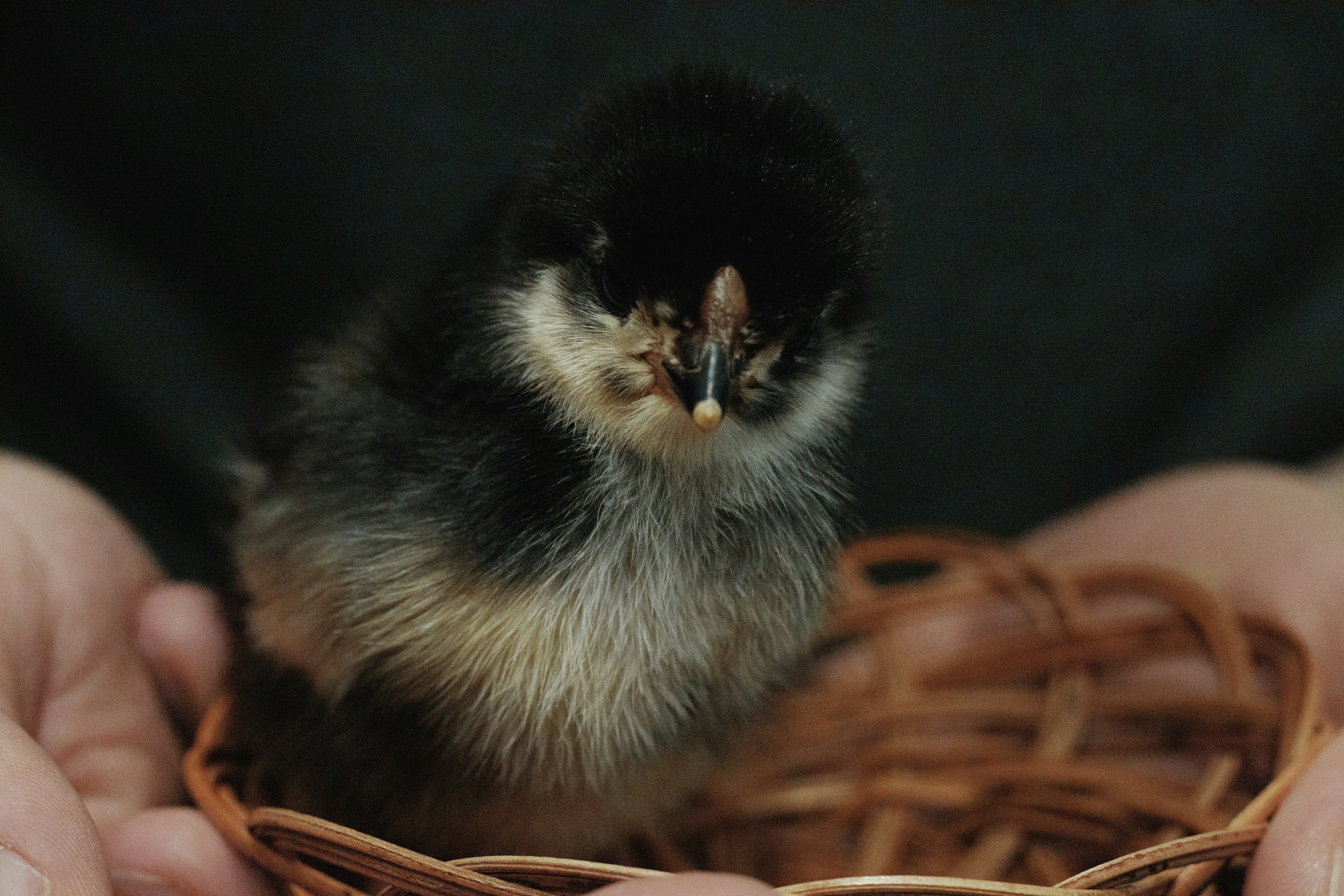Chick-fil-A Uses Daybright to Fast-Track Drinks, Guard the Classics
Daybright gives Chick-fil-A a disciplined runway to test new beverages without touching its signature lineup—backed by Red Wagon’s try-and-learn model.

Focused Bet, Clear Guardrails
Chick-fil-A just put a stake in the ground on beverages with Daybright, a tight concept built for discovery without brand confusion. The play is straightforward: Daybright sits under Red Wagon, the company’s innovation arm, and exists to test new drink ideas that could graduate to the main menu over time. The bright line that powers this move is non-negotiable—there is "no crossover" with the existing beverage set of "lemonades, frosted lemonades, milkshakes and cold brew." That safeguard keeps the classics safe while the company explores fresh flavor profiles, formats, and guest experiences in a separate lane. This setup blends creative freedom with operational discipline. By carving out a distinct space, Daybright sets expectations for how new beverages are developed, evaluated, and—if they earn it—introduced. It’s the kind of structure that keeps guests’ everyday favorites steady while letting the brand chase what’s next. Clean lanes, clear goals, no mixed signals. For a category where one off-trend drink can clutter the line and confuse the brand, this is a big win.
Why Red Wagon Exists
Daybright’s home inside Red Wagon matters. Red Wagon Ventures was formed in "2017," giving Chick-fil-A a dedicated hub for concepts that sit outside the four walls of traditional restaurants. Even the name nods to the red wagon founder Truett Cathy used to sell Coca-Cola at six years old—modern testing tied back to scrappy entrepreneurial roots. Translation: this is not a one-off—it’s built on a multi-year framework to pilot ideas, learn fast, and keep what works. The playbook shows a healthy appetite for trial and the discipline to sunset when needed. Red Wagon’s past ventures include Kefi, a family club and play attraction that closed in "2021" after roughly "two years" in operation. That outcome underscores the guardrails: test with purpose, scale what fits, retire what doesn’t. For Daybright, it signals both runway and accountability. The remit is clear—maintain separation from the signature beverage lineup, inform seasonal planning, and provide a steady path from pilot to potential adoption without pulling core restaurants into constant experimentation.

How Daybright Operates
Daybright is designed as both a creative studio and a practical lab. Ideas are trialed within a separate framework so the broader system stays clean and predictable. The boundary is explicit: no overlap with "lemonades, frosted lemonades, milkshakes and cold brew." That clarity preserves brand identity while the concept works entirely new angles—different flavor families, alternative formats, and distinct guest experiences. Timing is the other half of the plan. Chick-fil-A typically offers a beverage limited-time offer depending on the season, and Daybright slots neatly into that cadence. The concept can probe unmet demand, tighten recipes, and fine-tune release windows so promising drinks hit when guests are primed. Think of it as a deliberate runway: test, learn, and hand off cleanly to the seasonal LTO rhythm when the fit is right. Meanwhile, core units stay shielded from extra complexity. Simpler operations, smarter launches—lively without the chaos.

Little Blue Menu Contrast
Daybright isn’t a solo act. It pairs with Little Blue Menu, an alternative restaurant format that pushes on category expansion. Chick-fil-A opened its "second" Little Blue Menu location in College Park, Maryland, in "2023." That restaurant keeps Chick-fil-A favorites and adds a broader menu—burgers, bone-in wings and boneless wings—plus cold brew and boba drinks. It’s a bigger canvas where the brand can experiment with new categories while anchoring the experience with familiar items. The contrast is intentional. Little Blue Menu layers new items on top of existing favorites, while Daybright zeros in on beverages without touching the core set of "lemonades, frosted lemonades, milkshakes and cold brew." Even though Little Blue Menu includes cold brew within its larger menu, Daybright keeps its drinks separate from those staples to preserve the integrity of the classics. Two tracks, one strategy: expand thoughtfully, keep lines crisp, and let each concept do its job without mudding the waters. That’s how you explore and still earn guest trust—a big deal in fast-paced beverage cycles.

From Test To LTO
The mechanics linking Daybright to the main menu are process-first. By running as an independent yet connected platform, Daybright aligns exploration with a disciplined handoff. Insights feed into the chain’s seasonal LTO cadence, giving promising beverages a shot at the spotlight without overwhelming restaurant operations. The pipeline is clean: test in concept space, time releases to guest expectations, and scale only when the ops impact is calibrated. This approach mirrors moves elsewhere in the industry, including McDonald’s test of beverages inspired by the CosMc’s concept. The principle holds: focused formats incubate specialized menus and experiences, while core units stay steady. Outcomes will always hinge on performance inside these tests, but the risk is concentrated and controlled. Guests get consistency; the brand gets sharper learning. That’s how you make innovation feel effortless—set rules, honor them, and let the results do the talking.
Governance And Guardrails
Red Wagon’s portfolio approach is built to shield and accelerate at once. By giving concepts like Daybright and Little Blue Menu room to evolve apart from the core brand, Red Wagon protects day-to-day operations while speeding up the learning cycle. The safeguards around "lemonades, frosted lemonades, milkshakes and cold brew" are the tell: those staples are anchors, and Daybright explores new directions without encroaching on them. Guests stay grounded; innovation keeps moving. The willingness to pivot is part of the governance, too. The Kefi timeline—launch followed by closure in "2021" after roughly "two years"—signals a readiness to retire ideas that don’t sustain. That’s disciplined innovation, not dabbling. For operators and guests, the result is clarity: experiments live in concept spaces; signature beverages and everyday service remain steady. It’s a balanced setup that keeps the brand agile without eroding the familiarity people count on.

What We Know Now
Several facts are on the table: Daybright operates under Red Wagon, it focuses on beverage innovation, and it maintains strict separation from the core lineup of "lemonades, frosted lemonades, milkshakes and cold brew." The company typically offers a beverage LTO depending on the season, and Daybright is positioned to inform that cadence with recipe refinements and timing insights. It is also established that Red Wagon was formed in "2017," and that it previously tested ventures such as Kefi, which closed in "2021" after roughly "two years." Some elements remain open. Specific Daybright menu items, locations, or launch timelines are not specified. Financial targets and performance metrics aren’t detailed. What is clear is the operating intent: use concept-led innovation to uncover unmet demand and shape potential systemwide decisions—without diluting the signature set that defines the brand. That clarity gives Daybright both ambition and guardrails, a combo that tends to move quickly and cleanly.
The Takeaway
Chick-fil-A’s alternative concepts now cover a focused beverage lab and a broader menu test kitchen. Daybright can refine drinks and seasonal timing with no crossover into "lemonades, frosted lemonades, milkshakes and cold brew," while Little Blue Menu experiments with categories like burgers and wings alongside cold brew and boba. Together, they create a complementary ecosystem where specialized formats incubate ideas and validated learnings are primed for smart integration. If these concepts deliver, the path from experiment to seasonal LTO to wider rollout is ready. If they don’t, the "2017" formation of Red Wagon and the "2021" sunsetting of Kefi show the organization can pivot fast. The lesson is simple and strong: protect what’s core while exploring what could be next. With Daybright, the company isn’t just chasing beverage buzz—it’s building a disciplined runway where new drinks can earn their way, one clean test at a time. That’s the kind of structure that turns innovation into consistency—and delivers a guest experience that feels fresh without losing its center. Worth the trip.